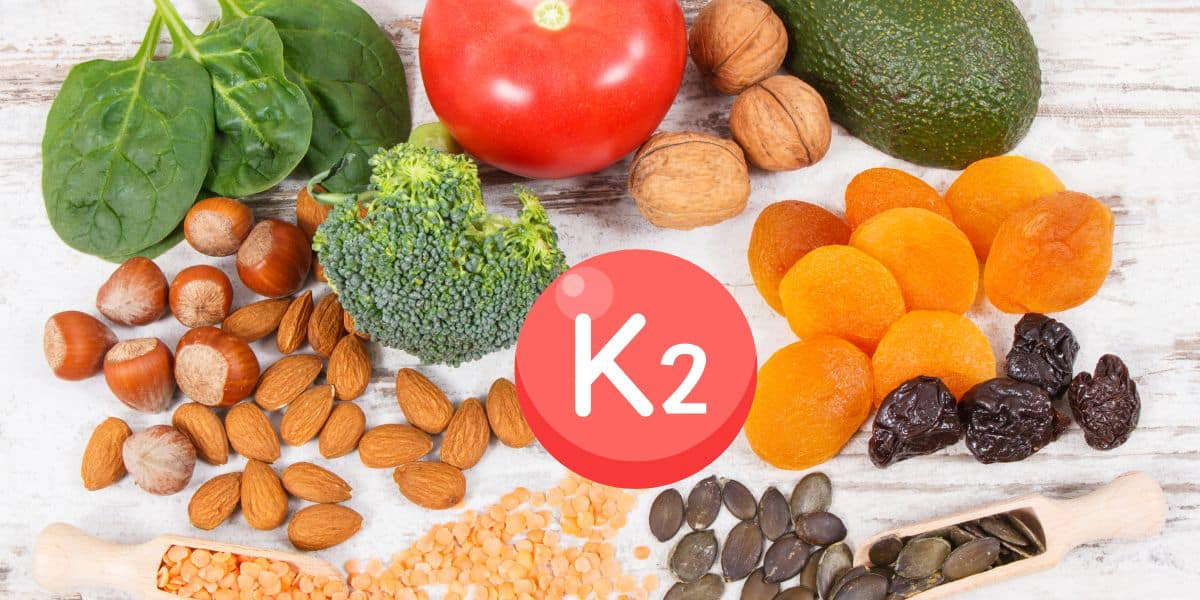Vitamin K2 (menaquinone) is a fat-soluble vitamin that plays an essential role in the body’s clotting system, bone health, and cardiovascular function. Here’s an overview of its metabolic pathway and absorption mechanism in the human body:
Absorption Mechanism:
1. Dietary Sources:
- Vitamin K2 is found in animal products (like egg yolks, meat, and dairy) and fermented foods (such as natto, cheese, and sauerkraut). The main form of Vitamin K2 in food is menaquinone-7 (MK-7), but other forms, such as MK-4, can also be found.
2. Absorption in the Small Intestine:
- Once consumed, Vitamin K2, like other fat-soluble vitamins, is absorbed in the small intestine, particularly in the duodenum and jejunum.
- The absorption requires the presence of dietary fats, bile salts, and pancreatic enzymes. These components help emulsify and break down the fat-soluble vitamin into a more absorbable form.
- The absorbed Vitamin K2 is incorporated into micelles—small fat droplets formed with bile acids. These micelles carry Vitamin K2 to the surface of enterocytes (intestinal cells).

3. Transport into Enterocytes:
- The Vitamin K2 in the micelles crosses the enterocyte cell membrane via passive diffusion or through the action of specific transporters like Niemann-Pick C1-like 1 (NPC1L1), though its specific role in Vitamin K2 absorption is still under investigation.
4. Chylomicron Formation:
- After entering the enterocytes, Vitamin K2 is incorporated into chylomicrons—lipid-protein complexes that transport fat-soluble vitamins and lipids through the lymphatic system.
- The chylomicrons are transported into the lymphatic system and subsequently into the bloodstream, where they are carried to various tissues and organs.
Metabolic Pathway:
1. Transport to the Liver:
- Once in the bloodstream, Vitamin K2, along with other fat-soluble vitamins, is transported to the liver.
- In the liver, Vitamin K2 can be stored or converted into different menaquinone forms (such as MK-4). This process is essential for its action in bone and cardiovascular health.
2. Conversion to Active Forms:
- Vitamin K2 undergoes conversion in tissues (such as the liver) into its active form, which is crucial for the activation of proteins involved in blood clotting and bone metabolism.
- One of the most critical enzymes involved in this activation is gamma-glutamyl carboxylase, which requires Vitamin K2 for the conversion of glutamic acid residues in clotting factors (like prothrombin) into gamma-carboxyglutamate (Gla) residues. This process makes the clotting factors biologically active.
- Active Vitamin K2 also plays a role in osteocalcin activation, which is necessary for bone mineralization and strength.
3. Distribution to Peripheral Tissues:
- After being processed in the liver, Vitamin K2 is released into the bloodstream and is distributed to various tissues, including bones, blood vessels, and other soft tissues.
- In tissues like the bones and blood vessels, Vitamin K2 activates proteins like matrix Gla-protein (MGP), which helps in bone mineralization and inhibits vascular calcification.

Excretion:
- Any excess Vitamin K2 that is not used in the body is excreted in the bile and urine, primarily as metabolites or conjugates.
Factors Affecting Absorption and Metabolism:
- Fat intake: Since Vitamin K2 is fat-soluble, low-fat diets may impair its absorption.
- Gut Health: A healthy gut microbiome is important for the absorption of Vitamin K2, as certain gut bacteria also contribute to its synthesis, especially menaquinone-7.
- Liver Function: The liver’s ability to convert Vitamin K2 into its active forms is essential for its biological activity.
In summary, Vitamin K2 is absorbed in the small intestine with the help of fats and bile, transported in chylomicrons to the liver for conversion and activation, and then distributed to tissues for functions such as blood clotting, bone health, and cardiovascular protection.
